Follow our heritage trail to find out more about this interesting Somerset village from its origin in Saxon times through to the rebuilding of the church in the 1800s and down to the present day.
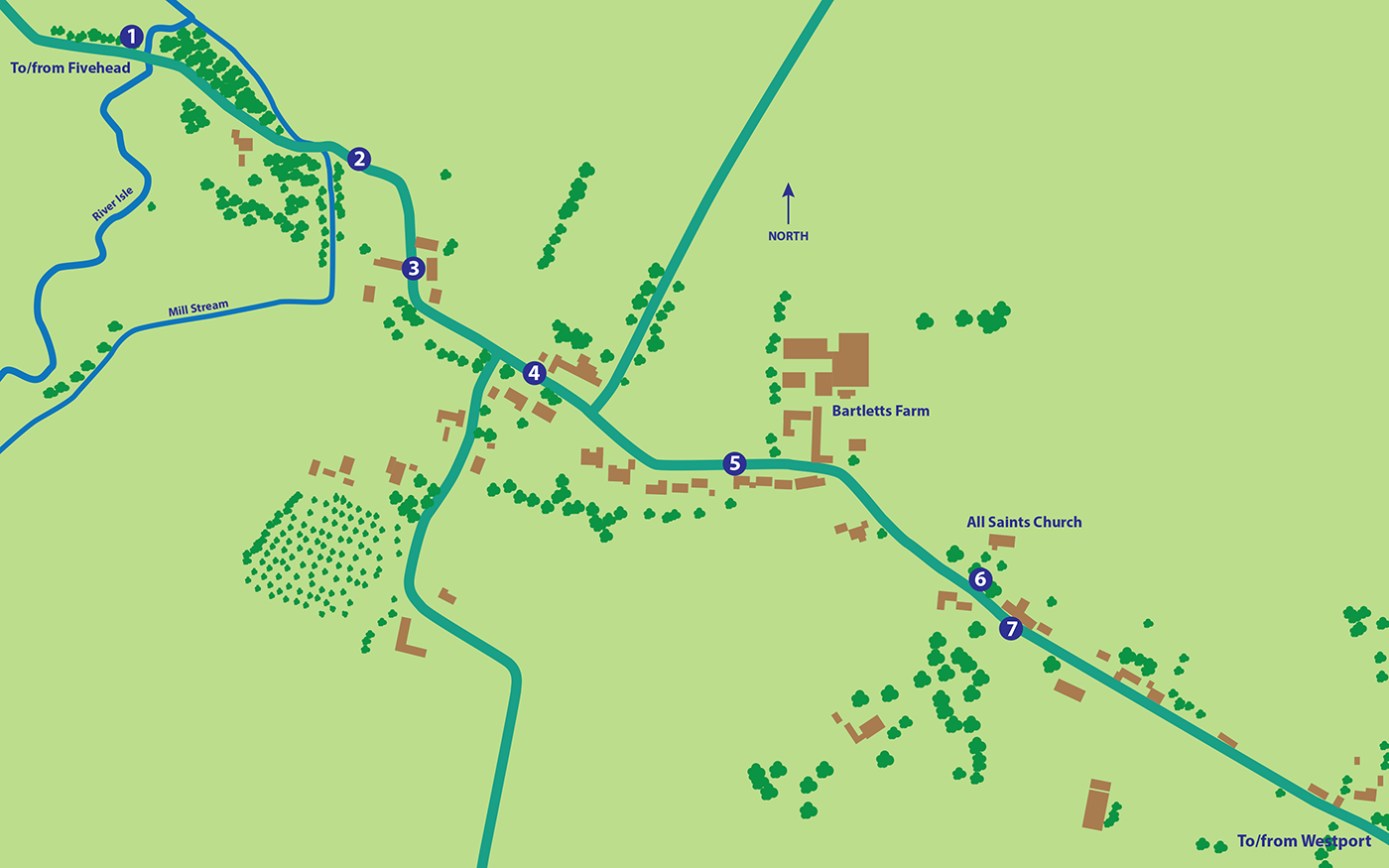
1. The river
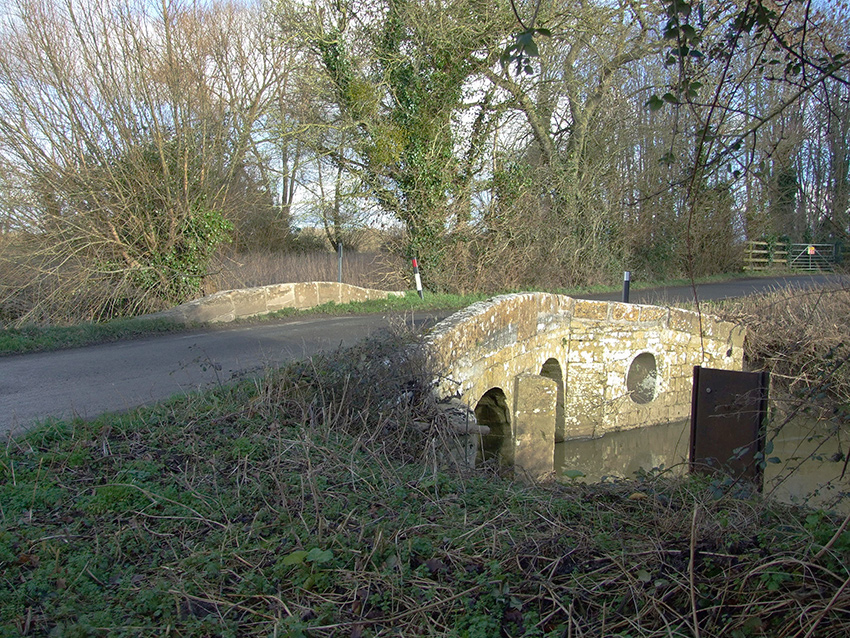
The Isle Brewers Heritage Trail starts at the bridge over the River Isle, on the north side of the village. This is the first of two bridges needed to access the village.
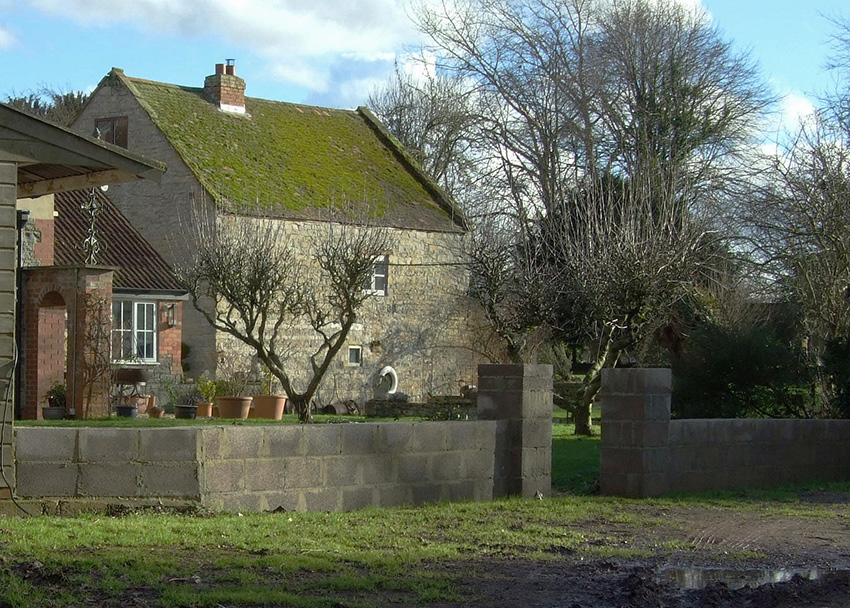
Heading towards the village centre, the first building on the right is the flour mill. The mill is recorded in Doomsday and was powered by a water wheel until 1944. The present building, however, replaces an old mill house which burnt down in 1903.
When the mill ceased operating, the miller was Mr William Spearing, a famous singer of old country songs. Many of these songs were collected and published by Cecil Sharp, and they are still sung today.
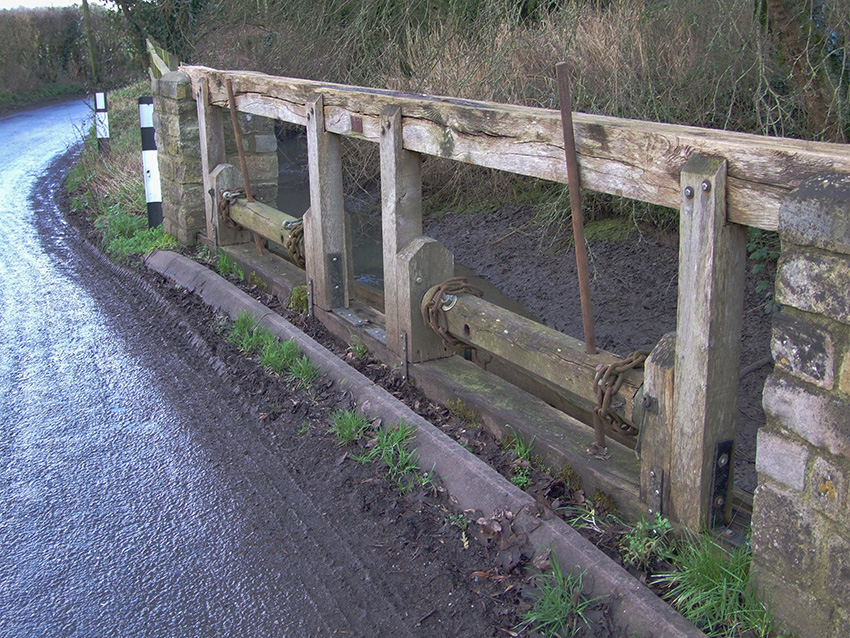
Carrying on further into the village you will cross another little bridge, over the Mill stream, next to the leaning telegraph pole. On this bridge are the mill’s old windlass lifting gear for the relief sluices.
2. The original graveyard
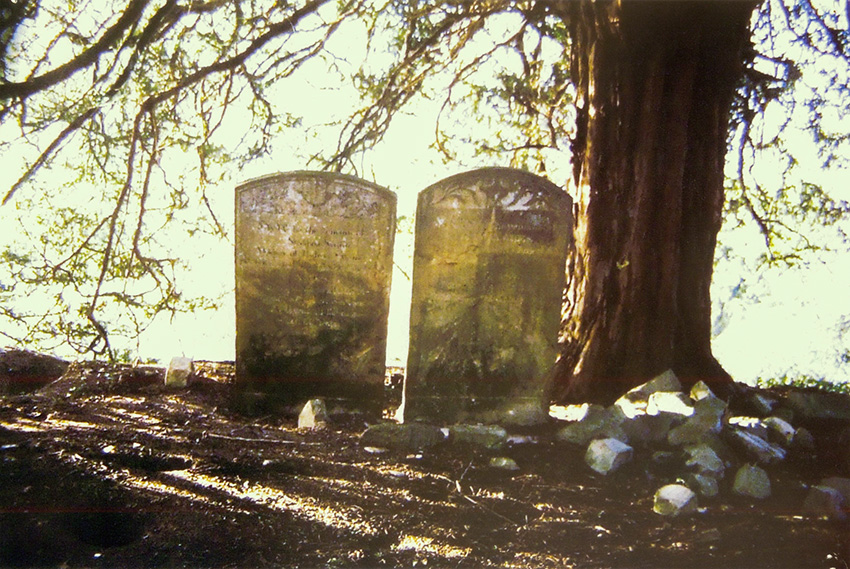
A few yards further on are the remains of the graveyard of the old Saxon church which can still be glimpsed through the yew trees. The church, of which nothing remains, was opposite the mill but close to the mill leat. Due to the flooding and decay of this church, it was eventually rebuilt in the 19th century at a new site which we will reach further on.
3. Old cottages
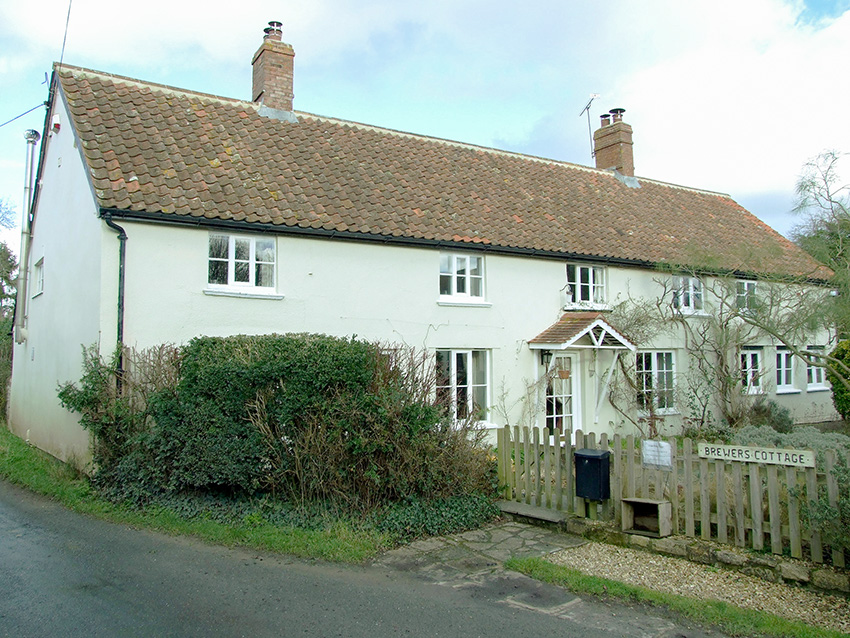
Progressing further, on both sides of the road are a few cottages which were built long before Joseph Wolff arrived, however we believe that in his time there were many more. The next cottage was a pub, informally known as The Drum and Monkey, until 1958. Nowadays it is a residential property and guesthouse.
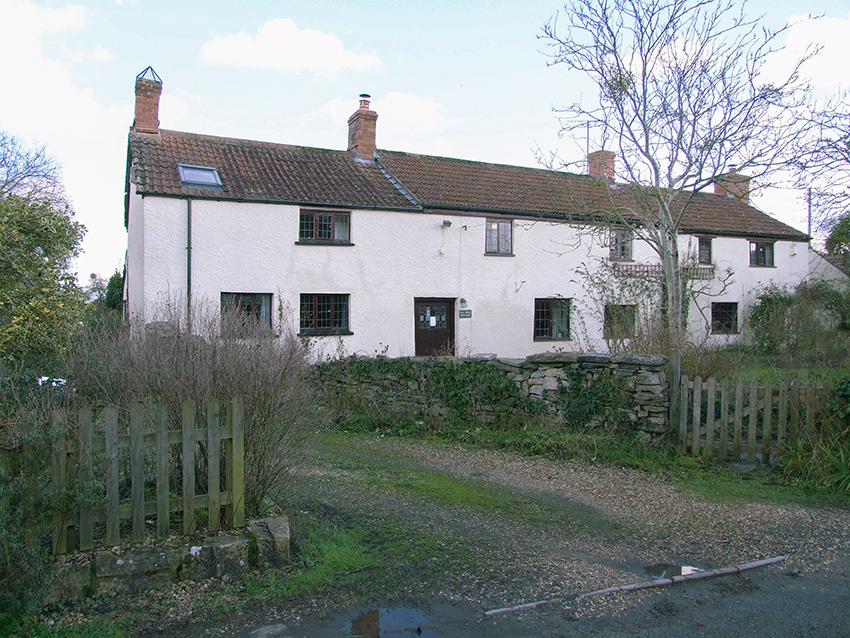
The cottages still standing today are much renovated as single houses, but each one would have housed several families in Rev’d Wolff’s time. Each would have held two, three or even four dwellings. The number of separate dwellings are revealed by counting the chimneys. The families living here were mainly agricultural labourers, and in Wolff’s time, earned eight or nine shillings a week (40p-45p).
One of the cottages, which has stood since medieval times, was the coachman’s cottage for the original village rectory. The rectory was in an adjacent field. Between the old and the new churches there are ten cottages still standing which are now all over 300 years old. One of these, Painters Cottage, was until recently, lived in by the same family for 150 years.
On the right between cottages is a footpath to Isle Abbots which went past a little bridge leading to the old church. The bridge, like the church, is no more.
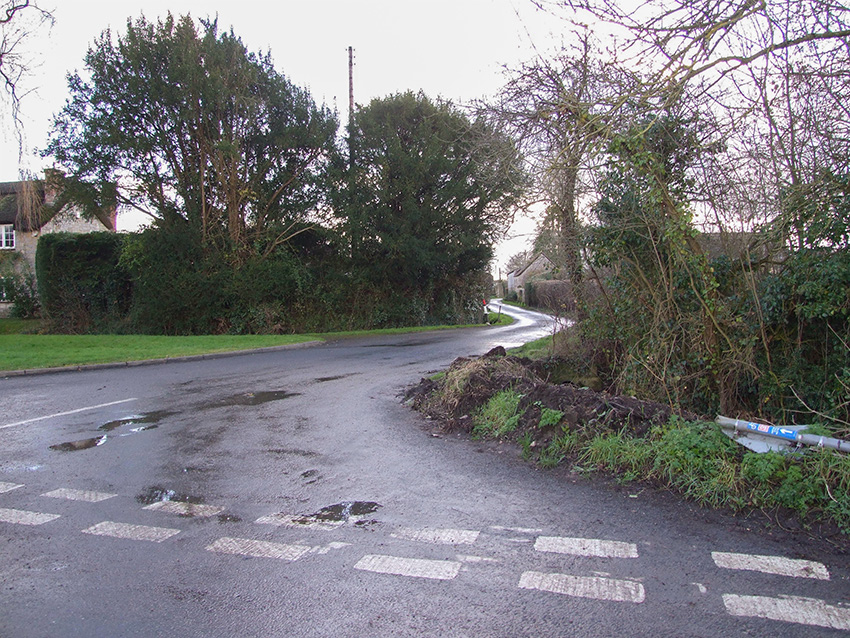
As you arrive at the centre of the village you will find a road, off to the right, called Frog Lane, and this leads to a few more cottages: one dating back at least 500 years; the site of the abattoir; Villa Farm, which might have been the site of a Roman villa; and the site of a house built in the 1950s which was destroyed by a stray World War Two bomb.
4. The village centre
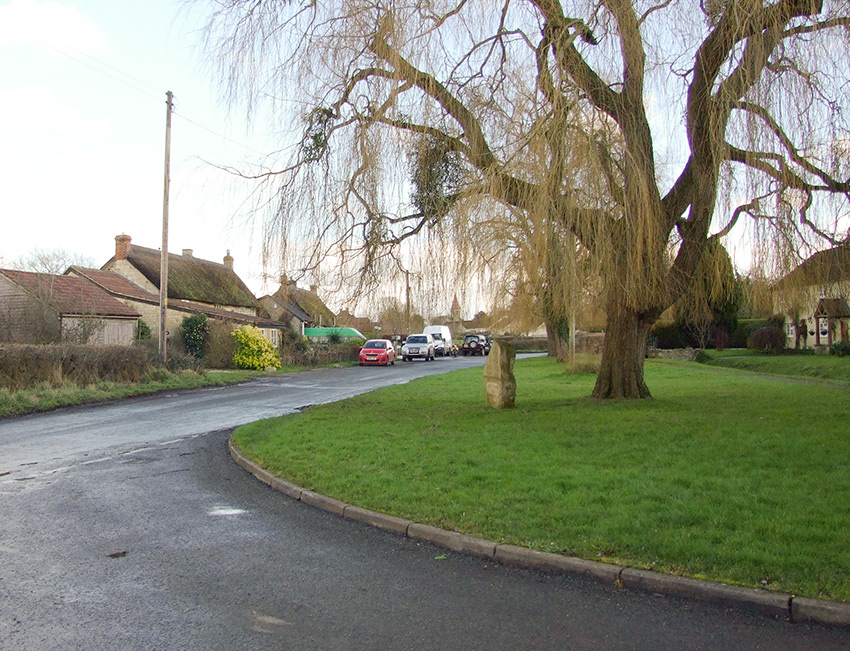
Back on the main road through the village to the church we pass the Millennium stone and willows on the small green.
Garage cottage is on the left and is over 450 years old. It was the birthplace of the famous Siamese twins born to the wife of a poor labourer named Herring. The girls, who were joined above the waist, were baptised Priscilla and Aquila. Their birth came as an awful shock to the midwives and family. They were not expected to survive, and lived to the age of three. Henry Walrond, the local land owner and general bad man, took the girls and exhibited them at fairs and made money out of peoples curiosity. This extraordinary event is commemorated by the so called ‘Donyatt plate’, on display in the Taunton Museum, and pictured below.
The garage itself, from where Isle Brewers Transport operates a fleet of school and community transport buses, is one of the very few thatched petrol stations in the country. This has been in the same family for 90 years.
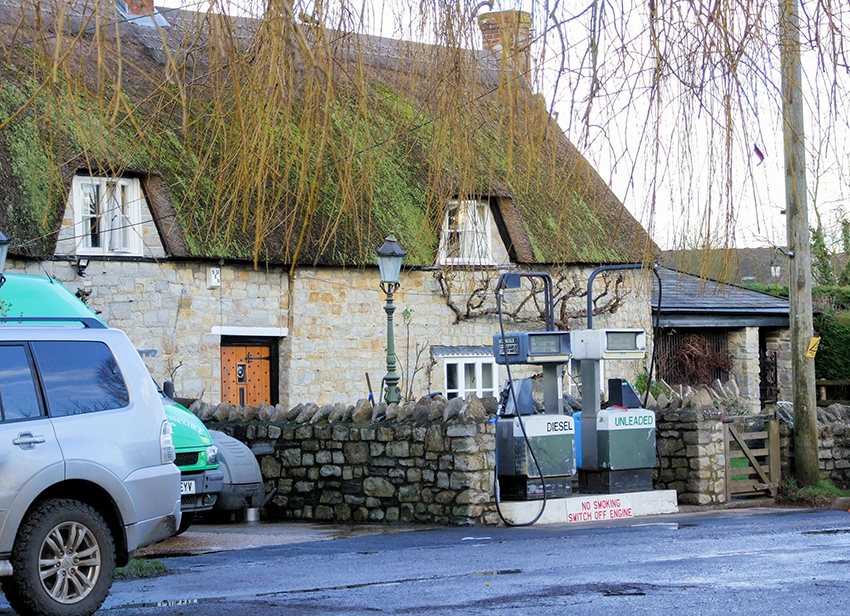
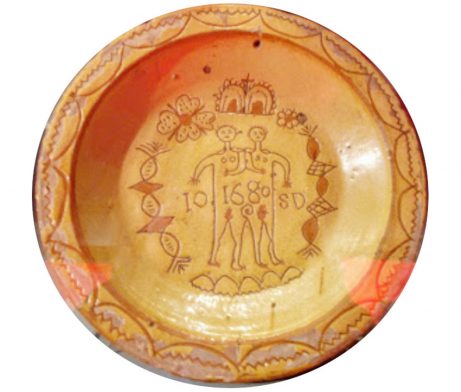
5. New housing and farm
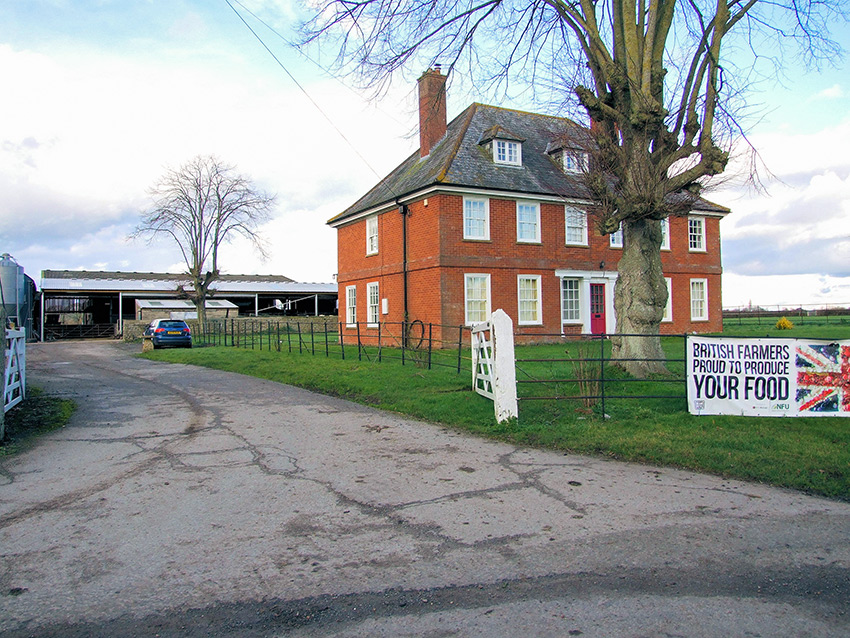
Next come four modern houses, five bungalows and Bartletts Farm. The present farmhouse (pictured) was built in 1911 replacing the old farmhouse. The land was sold to the Duchy of Cornwall in 1862 by General Michel. The farm is now some 600 acres between Isle Brewers and Isle Abbots. It is a dairy farm which specialises in milk for Cheddar cheese made by Wyke Farms at Bruton.
Back in Rev’d Wolff’s time there were several farms, generally much smaller with mixed stock and crops, often with orchards. The cottages had little strips of land where they grew vegetables and several kept pigs. Examples of this can be seen in the cottages beyond the church. The population at this time is believed to have been 350 and the villagers had many different jobs.
6. All Saints church
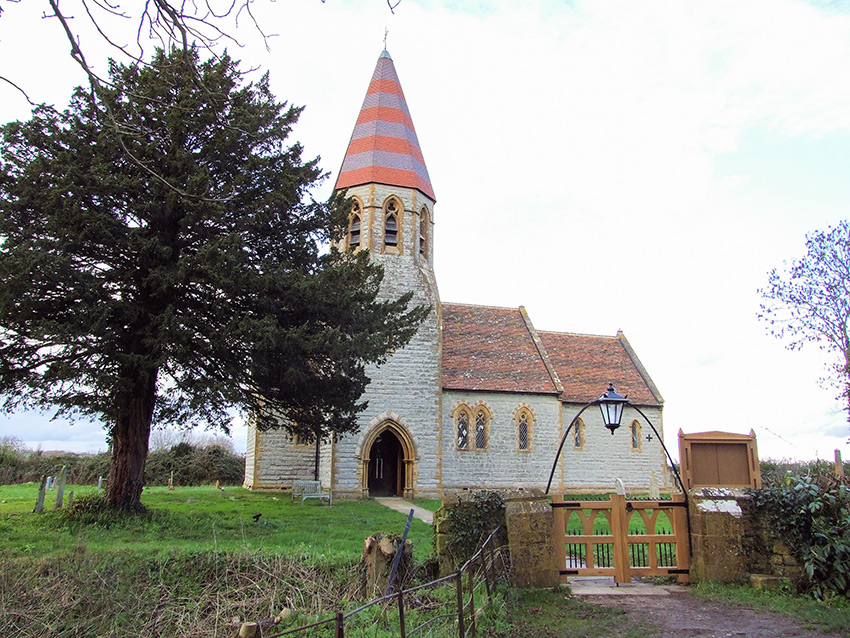
Then just beyond the farmhouse, on the left, you will come to the new church, All Saints, built by Joseph Wolff to replace the dilapidated old Saxon church that was by the river.
The old Saxon church had been in a very sorry state, being between the river and the mill leat, and services were sometimes held with flood water over the nave floor. In 1841 just before Wolff came to the village, J. Buckler, who surveyed and sketched many of the churches in Somerset, came to Isle Brewers. He described the old church as being “very poorly pewed”, and considered the building and interior also to be in very poor condition.
For several years Wolff planned to build a new church on higher ground away from the river. He raised finance for his project by giving lecture tours in England and America and inviting his many friends and acquaintances for a subscription, obviously a very early networker. His friend General Michel offered him land where the church now stands and conveniently placed near his new rectory.
After being given the living of Isle Brewers, Rev’d Wolff had also found the rectory to be in a terrible state. Being very close to the river it frequently flooded and his wife found life there very difficult, especially after her many years in Malta. In 1847 using money from his work in the east, his wife and his lecture tours, he built a new rectory on slightly higher ground away from the centre of the village. The building still stands today although partly rebuilt following a fire.
In 1862 the building of All Saints church was completed and duly consecrated. It had major repair work in 1905 and again in 2017–2020. You can find out more about the church and its history here, and about the recent restoration project here.
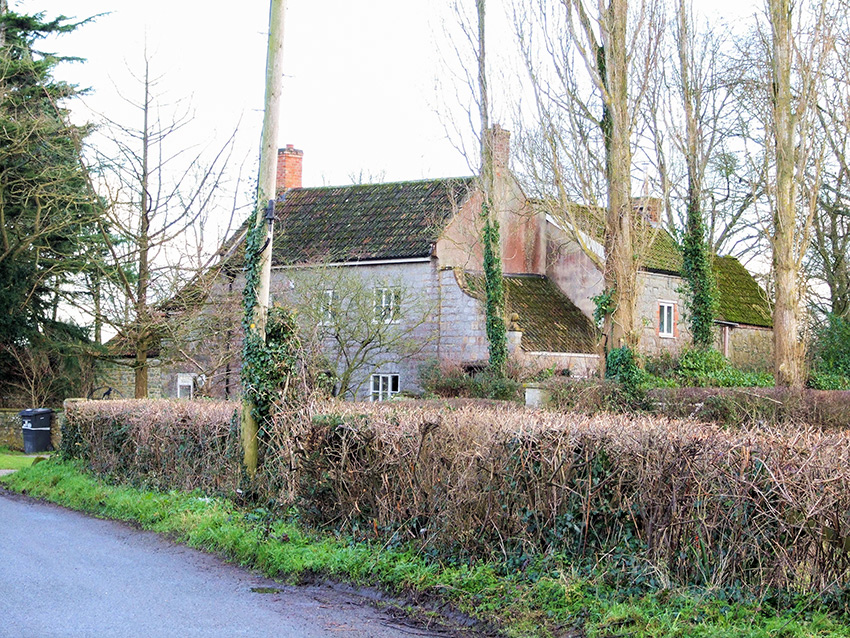
Opposite the entrance to the new church stands Church Farm. In Wolff’s time this was a pub, The Lamb. Joseph Wolff had it closed as the workers building his church “were spending too much time in the pub”. It is said there was a third pub in the village, but we know not where.
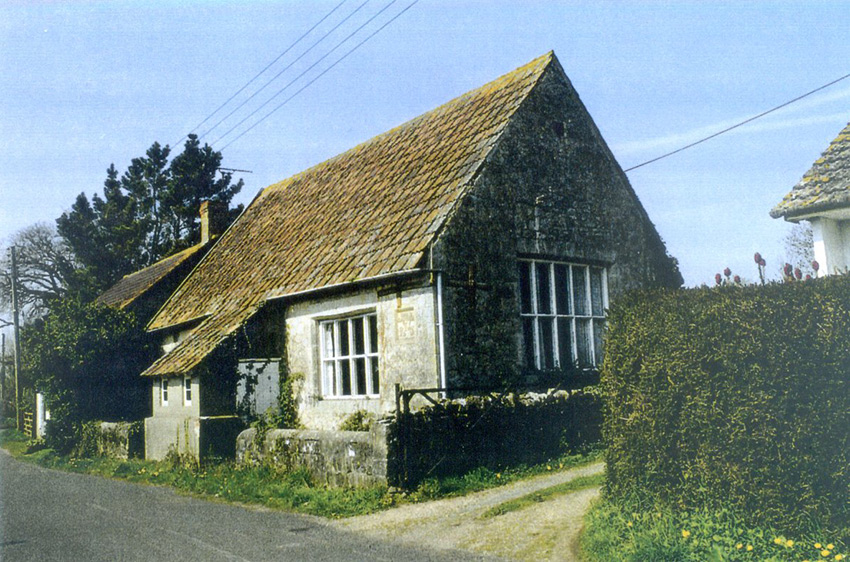
In 1847 Rev’d Wolff built the school as he felt education was very important. He funded the cost of the school mistress, and ensured that no family was without fuel and basic food during the winter. He cared greatly for his flock and was much loved by all in the village.
7. Further cottages
There are several more cottages as you leave the village, heading east towards Westport. In Wolff’s day there would also have been rather more cottages on both sides of the road with little strip gardens.
At the top of the hill, on the right, can be seen where Walrond lived. You can find out more about the village and its inhabitants in our village history pages.
Half a mile away is one of the small farms, the house still lived in by the fourth generation and now a small-holding. The large manor house, Earnshill, can be seen in the distance at nearby Hambridge. This was the most important estate in the area and the servants came to All Saints to worship and were buried in the old churchyard. Many of the surnames on the graves in the old churchyard can still be found in the nearby villages.
